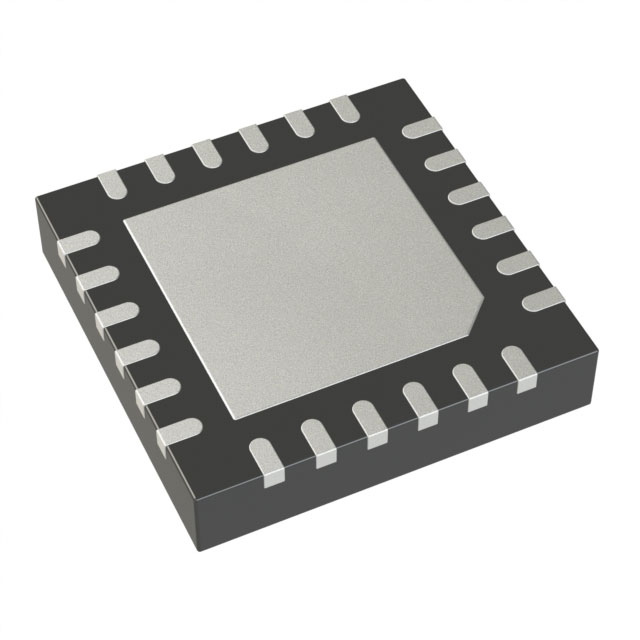制造商零件编号 MPU-6050
IMU ACCEL/GYRO 3-AXIS I2C 24QFN
TDK InvenSense
所订产品一般在 7-10个工作日 内送达中国,具体时间取决于收货地点。
最低订购金额为人民币 300 元,顺丰快递免运费配送。
当用人民币下单时,按照国际贸易条款 DDP(DigiKey 支付关税、海关费用和当地税款)方式结算。
电汇预付
![]()
![]()
![]()
更多来自全授权合作伙伴的产品
下单后,从合作伙伴发货平均需要时间 1-3 天,也可能产生额外运费。可能另外收取运费。 实际发货时间请留意产品详情页、购物车和结账页面上的说明。
国际贸易结算方式:CPT(交货时支付关税、海关费用和适用 VAT/应付税金)
有关详情,请访问帮助和支持
License: General Public License
Courtesy of All About Circuits
Introduction
Drones are becoming very popular, but what causes them to take off? Today, ‘drones’ are fairly easy to fly thanks to complex electronics and control algorithms. Packed inside modern drones are wireless radios, accelerometers, gyroscopes, and microprocessors. Let’s take a look at what is inside a drone!
Circuit Board
The Circuit Board Inside the Drone
This drone uses a single two sided circuit board. There are many wires connected to the board for the LED lights, motors, a battery, and antennas. All of these wires are soldered directly to the surface mount pads. They appear to be hand soldered.
The Hand Soldered Wire Connections
Sensors
Drones use various sensors to stay in control. The amount of sensors can vary from drone to drone. Many drones use sensors such as camera sensors, barometers, accelerometers, gyroscopes, GPS receivers, and ultrasonic sensors. The drone used in this teardown has a gyroscope and accelerometer. The sensor used in this drone is a MPU6050 made by InvenSense. This IC contains both the accelerometer and gyroscope in the same package. The sensor communicates over an I2C bus with the application processor.
The InvenSense Gyroscope and Accelerometer
Motors x4
One of four of the drone’s DC motors
This drone uses 4 small DC motors to keep it in the air. These motors are 7mm by 21mm with a small plastic pinion gear pressed onto the 1mm shaft. These small motors, often referred to as pager motors, contain a relatively strong neodymium magnet and an iron-less stator that is comprised entirely of copper windings.
Motor Drivers
One of the two FET arrays!
To power the small DC motors on the drone, there are two dual N-Channel MOSFETs, Fairchild Semiconductor part FDW9226A. These can supply up to 4.5 amps continuous and up to 30 amps pulsed. There are two of these ICs with two FETs in each package.
Radio System
The Beken 2.4GHz transceiver
Many drones communicate with a 2.4Ghz radio system and this one is no different! Inside of this drone there is a transceiver to facilitate two way communication. The IC behind the radio connection is a BK2424 manufactured by Benken. Paired to the radio IC is a wire antenna that is located inside of the drone.
Battery
The 500mAh Li-Ion Cell
Powering this drone is a single cell lithium battery. This is a 3.7v nominal cell with a capacity of 500mAh. This battery gives the drone a run time of around 7 minutes. The battery is charged through a USB powered charger.
The USB Battery Charger
LEDs
One of the Drone’s LED strips
To give the drone operator the orientation of the drone, it has 4 small LED strips, two red LEDs and two of green ones. In addition to relaying the orientation, they also indicate the radio status to the operator. These LEDs have hand soldered wires attached to them.
Camera
The Camera PCB
Mounted to this drone is a 720p camera that records the video to an (included!) SD card. This camera’s main processor is in a chip-on-board package covered by a blob of epoxy. Also on the PCB is an EtronTech EM638165TS DRAM IC, crystal oscillator, SD card slot, and microphone!
The Rear of the Camera PCB
Drones are becoming very popular and the cost of them is really dropping. The drone in this teardown was under $40. The low price does show in the relatively poor build quality. Many of the circuit boards were not cleaned and had flux remaining on them. The drone’s sensors and software did, however, make flying it extremely easy.

谢谢!
敬请关注收件箱中的 DigiKey 新闻与更新!
请输入电子邮件地址


